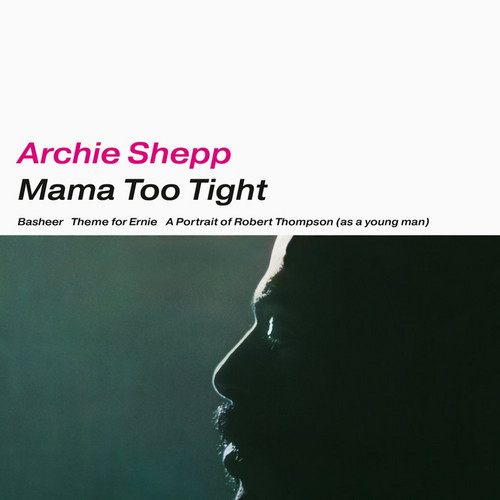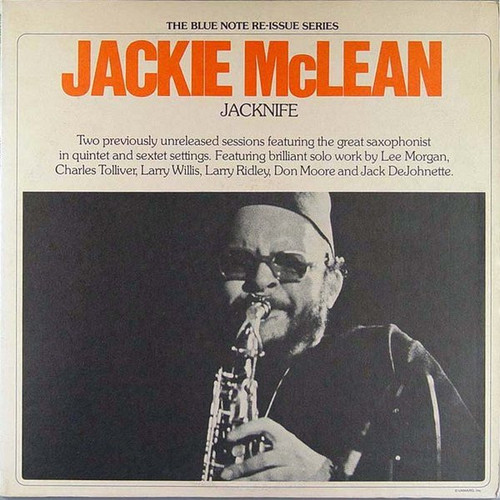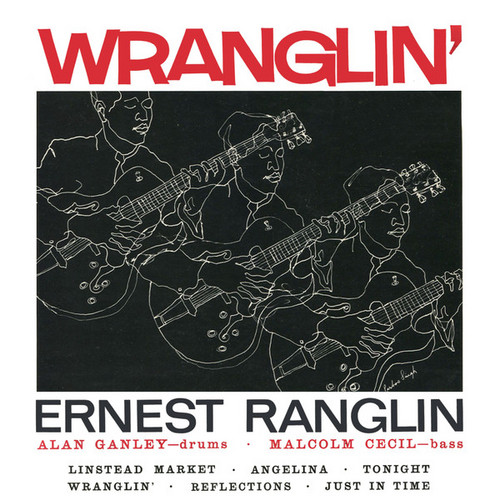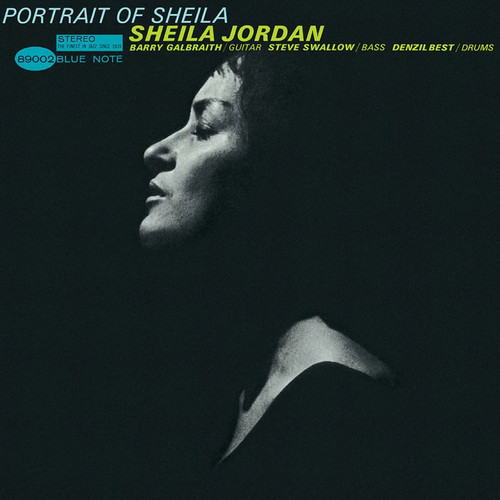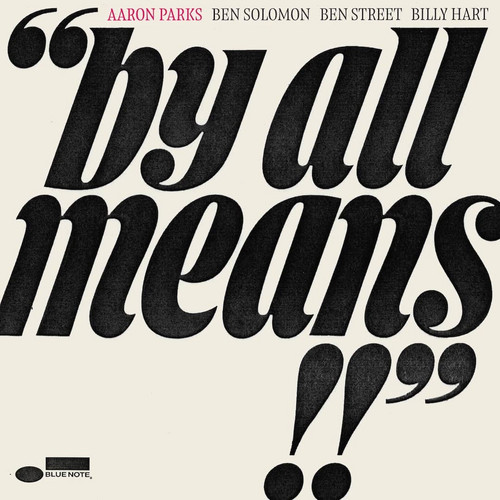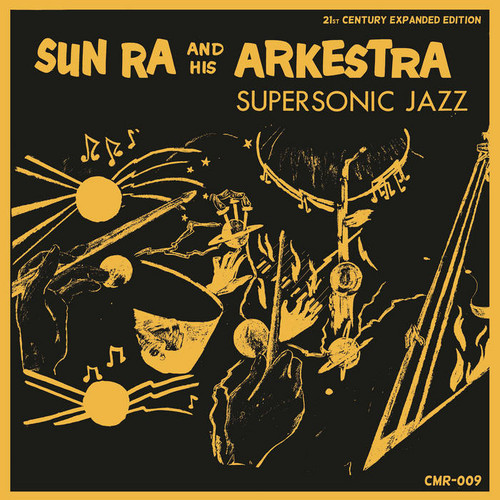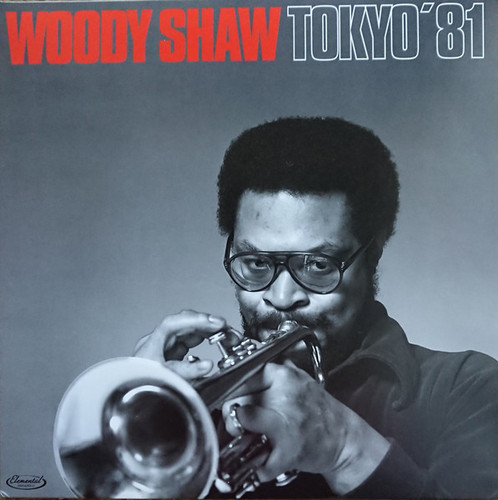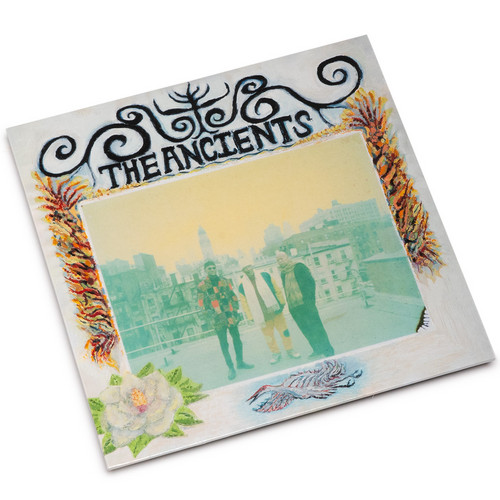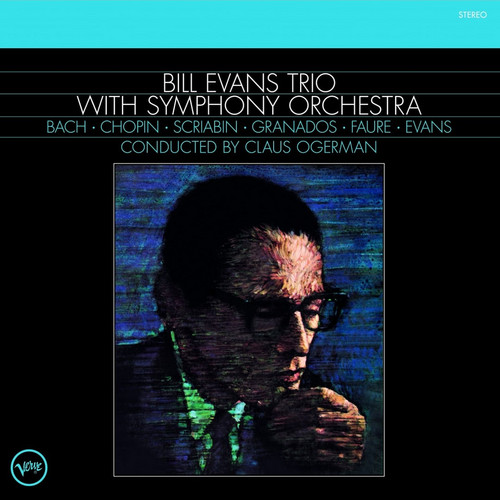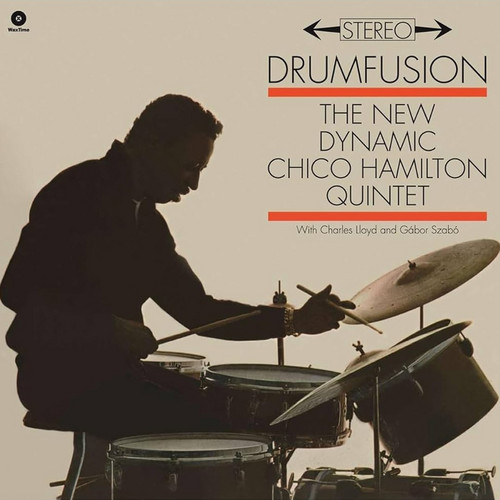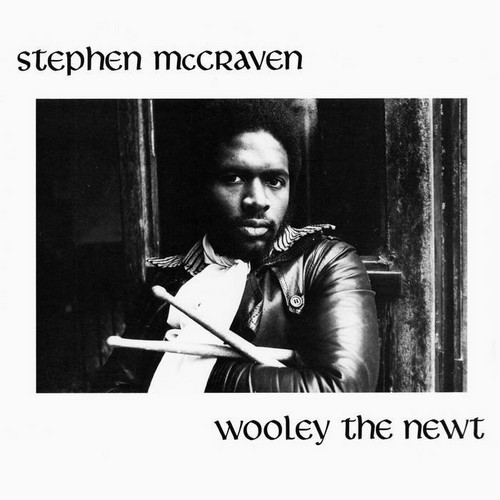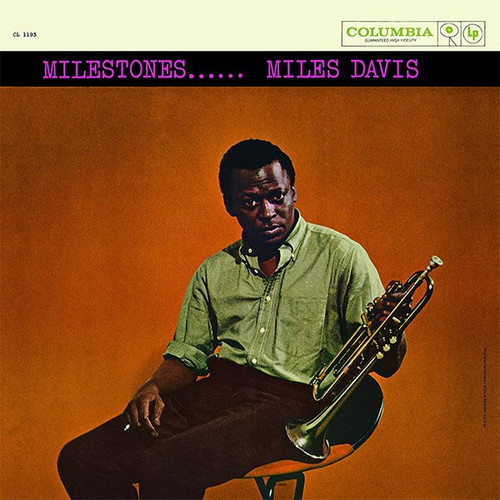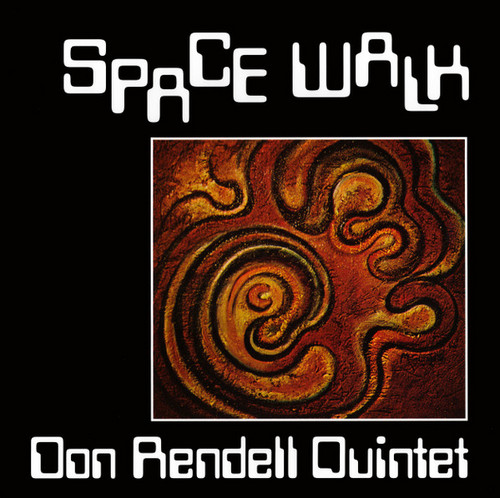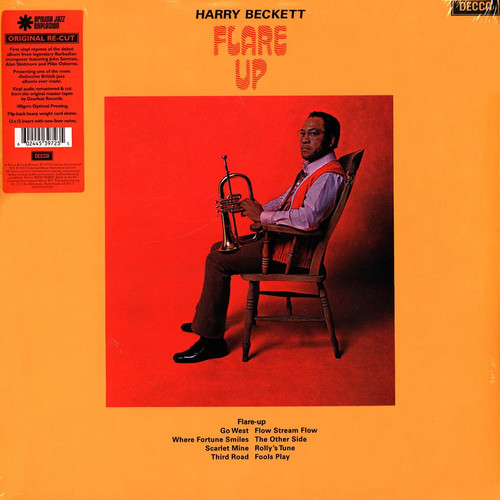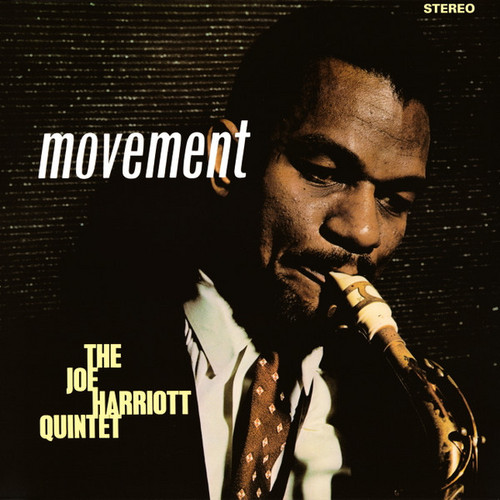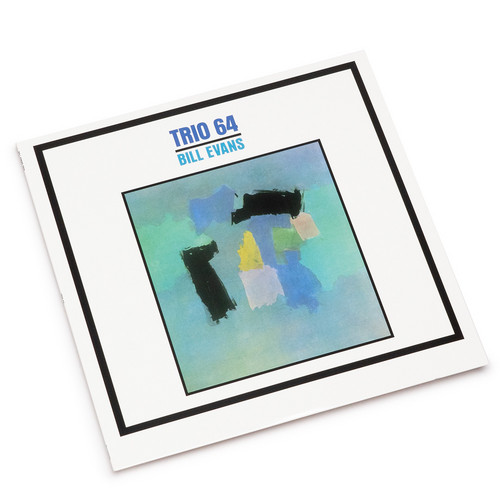Jazz /
Mama Too Tight
Originally released in 1967, Mama Too Tight stands as one of the most daring and structurally innovative albums from Archie Shepp, a pivotal figure in the free jazz movement and African-American cultural protest of the 1960s. Distinct from his more explosive works, this album showcases a refined compositional complexity, featuring avant-garde marching-band-style arrangements, masterful horn orchestrations, and a unique blend of humor and improvisational tension.
The title track, Mama Too Tight, …
Jacknife
Recorded at the legendary Van Gelder Studio in September 1965 and released on the prestigious Blue Note label, this remarkable album spotlights alto saxophone virtuoso Jackie McLean leading a powerhouse quintet through five original compositions. This recording captures a pivotal moment in post-bop jazz, highlighting McLean’s bold, expressive style and his commitment to pushing the boundaries of the genre.
Joining McLean are two celebrated trumpeters, Charles Tolliver and Lee Morgan, each bringi…
Wranglin'
First released in 1964 under the expert production of Blackwell for Island Records, this remarkable album captures the essence of Jamaican soulful jazz through the extraordinary talent of Ernest Ranglin. As a pioneering guitarist and composer, Ranglin delivers an impeccable performance that blends the rich traditions of jazz with the vibrant rhythms of Jamaica.
Accompanied by a highly swinging rhythm section, featuring Malcolm Cecil on bass and Alan Ganley on drums, the album explores a captivat…
Portrait of Sheila
Portrait Of Sheila is the legendary 1962 debut album by Sheila Jordan, recognized as one of the only vocal jazz albums released by Blue Note in the 1960s. Backed by Barry Galbraith (guitar), Steve Swallow (bass), and Denzil Best (drums), Jordan’s inimitable approach includes stark, intimate renditions of standards, including a celebrated voice-bass duet on Bobby Timmons’ “Dat Dere.” The album’s new Tone Poet Series reissue, shipping in late 2025, brings her singular artistry to new audiences wit…
By All Means
By All Means is the new album from Aaron Parks due for release on November 7, 2025 via Blue Note Records, expanding the acclaimed Parks-Street-Hart jazz trio into a luminous acoustic quartet with the addition of tenor saxophonist Ben Solomon. This set of seven original compositions explores Parks’ signature mix of modern jazz innovation and tradition, highlighted by tender dedications to his wife and son and the sly, swinging lead track “Parks Lope”.
Jazz By Sun Ra Vol.2
** Deluxe edition, Tip-on jacket, 24 pp booklet ** Sam Records continues its essential reissue series of Transition Records' visionary catalog with Jazz By Sun Ra Vol. 2, the companion piece to Sun Ra's landmark 1957 Jazz by Sun Ra Vol. 1. Originally intended as Transition TRLP-28 but left unreleased when the label folded, these recordings remained in limbo until Bob Koester rescued them for Delmark in 1968 as Sound of Joy [DS-414]. Now, over half a century later, this crucial document of the Ar…
Jazz By Sun Ra Vol.1
** Deluxe edition, Tip-on jacket, 24 pp booklet ** Did you know that the short-lived Transition label released the first LPs, or first sessions as leaders of three of the greatest performers in modern jazz? Donald Byrd – Byrd Jazz – Transition TRLP 5; Sun Ra – Jazz by Sun Ra Vol. 1 – Transition TRLP 10; Cecil Taylor – Jazz Advance – Transition TRLP 19. Tom Wilson, its founder and manager, was undoubtedly a man of taste more than a businessman as the label had to close its doors after only two ye…
Super-Sonic Jazz
When Sun Ra released his debut Saturn release in 1957, he signaled the Arkestra’s mission for the future. The cover declared the album a "21st Century Limited Edition." The compositions on Supersonic Jazz conveyed optimism and hope, bringing a message auguring the World of Tomorrow. Ra declared this the first dimension of a fresh art form, as he set about evolving a new American music — a composite of the past and future, the known coalescing with the unknown. The album, not very well received u…
Tokyo '81
*2025 stock* Elemental Music proudly announces the release of "Woody Shaw – Tokyo '81," a remarkable newly discovered live recording from one of jazz’s most visionary trumpet players. Captured on December 7, 1981, in Tokyo, this previously unreleased performance reveals Shaw at the height of his creative powers, supported by his all-star quintet: Steve Turre (trombone, percussion), Mulgrew Miller (piano), Stafford James (bass), and Tony Reedus (drums).
Boasting Shaw's signature melodic inventive…
The Ancients
Bomb! The debut recording by The Ancients, the intergenerational coalition of Isaiah Collier, William Hooker and William Parker formed by Parker to play concerts in conjunction with the Milford Graves' “A Mind-Body Deal” exhibition at the Institute of Contemporary Art, Los Angeles, and now a working group. Across 2LPs of side-length long-form improvised sets recorded at 2220 Arts & Archives in LA and The Chapel in San Francisco, The Ancients bring the free jazz trio languages first explored by t…
The Modern Sound Of Finland (The Music Of Esa Pethman)
*2025 stock* A landmark in Scandinavian jazz returns to the spotlight: The Modern Sound of Finland by Esa Pethman, the pioneering Finnish saxophonist and composer, is once again available to audiences seeking a timeless fusion of Nordic sensibility and modern jazz expression.
Originally released in the 1960s, this album represents the breakthrough moment of Finland’s entry into the international jazz scene, capturing the sophistication and creativity of a musician whose work resonated far beyo…
Bill Evans Trio with Symphony Orchestra
Legendary 1966 collaboration with Claus Ogerman and 48-piece orchestra represents peak of jazz sophistication
Drumfusion
Jazz drumming legend Chico Hamilton fundamentally reimagined his sound in 1961, assembling a groundbreaking quintet that would define a new chapter in modern jazz. WaxTime now presents "Drumfusion", the inaugural album from this revolutionary lineup, in a limited edition 180g audiophile pressing with rare bonus material.
Hamilton's revamped group featured future stars Charles Lloyd on tenor saxophone, Gábor Szabó on guitar, Garnett Brown (later replaced by George Bohanon) on trombone, and Albert…
Barney And Tete (Grenoble '88)
A rare gem from the vibrant European jazz scene finally resurfaces with the release of Grenoble ’88, a captivating live recording that unites two masters of post-bop expression: French saxophonist Barney Wilen and Catalan pianist Tete Montoliu. Captured in 1988 in Grenoble, France, this performance showcases the remarkable interplay between two artists whose lyrical sensibilities and sophisticated phrasing made them cornerstones of modern jazz on the continent.
Known for his poetic tenor sound…
Wooley The Newt
Stephen McCraven's Wooley The Newt was his first album under his own name, released on Marion Browns own Sweet Earth record label in 1979 (orignal copies are rare and go for $500). Working with Stephen and the carvery we have remastering the audio and restored the original artwork. Stephen is a master drumer and composer and has worked with Archie Shepp for many years,he has also played & recorded with many; Marion Brown, Mal Waldron, Reggie Wokman and Stanley Cowell to mention just a few. Steph…
Milestones
Milestones is an album that needs no introduction. Often overshadowed by its younger sibling Kind of Blue in the rankings of greatest jazz records, it nonetheless holds a pivotal place in the history of modern jazz. Critics and devoted listeners alike recognize its importance: an early – and outstanding – example of modal jazz, recorded by Miles Davis’ so-called “first great quintet” (actually sextet, this time), featuring legends like John Coltrane, Red Garland, Paul Chambers, Philly Joe Jones,…
Space Walk
Heralded as one of the defining moments in British modern jazz, the Don Rendell Quintet’s 1972 recording Space Walk returns to the spotlight, reaffirming its place as a stunning document of both bold creativity and refined craftsmanship. Saxophonist Don Rendell, already celebrated for his collaborations with Ian Carr in the groundbreaking Rendell/Carr Quintet, took a daring step forward with this album. *Space Walk* captures a group at a creative peak, fusing modal explorations, post-bop energy,…
Flare Up
London, 1970 saw the release of one of the most distinctive and enduring albums in the history of British jazz: Flare Up, the debut LP from visionary trumpeter and flugelhorn player Harry Beckett. Now widely recognized as a classic, the record remains a defining statement from an artist whose lyrical phrasing, inventiveness, and subtle command of mood set him apart on the vibrant UK scene.
Born in Barbados and arriving in London in the 1950s, Harry Beckett quickly became a central figure in th…
Movement
Originally released during one of the most fertile periods of post-war British jazz, Movement by the Joe Harriott Quintet stands as a bold statement of artistic independence and innovation. Showcasing Harriott’s unique vision, the album bridges the lyricism of modern jazz with an avant-garde sensibility that still resonates today.
Harriott, an alto saxophonist of Jamaican origin who established himself as a pioneer of the British scene, leads a stellar ensemble through a set of forward-looking…
Trio 64
An Introspective Masterpiece Featuring Bill Evans, Gary Peacock, and Paul Motian.
